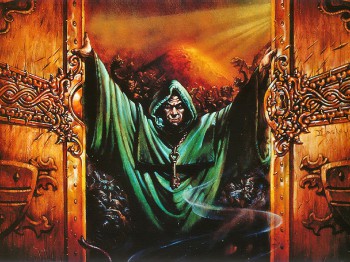Patty on Podcastle!
 Don’t you love it when alliteration works out like that? I do.
Don’t you love it when alliteration works out like that? I do.
You know what else I love? Patty Templeton’s story, “Fruit Jar Drinkin’, Cheatin’ Heart Blues.” On Podcastle. Right now.
Templeton is one of our bold and bonny bloggers here at Black Gate Magazine. (Here is her recent interview with Jeff VanderMeer.) Templeton herself was recently interviewed about her story “Fruit Jar Drinkin’, Cheatin’ Heart Blues” (which title I will repeat as often as possible, because isn’t it a FRIKKIN GREAT TITLE???) on Silver Goggles.
“Fruit Jar Drinkin’, Cheatin’ Heart Blues” is one of fifteen “thrilling and ingenious tales” in the new anthology Steam-Powered II. I can’t say too much about the anthology; after all, Yours Truly is one of the authors featured therein, so you’ll never be able to believe a word I say!
Just kidding — it’s great! Of course it is! Patty’s in it! So is S.L. Knapp, Jaymee Goh, Sean Holland, Jeannelle Ferreira, A.M. Tuomala, Nisi Shawl, Stephanie Lai, Alex Dally MacFarlane, Rebecca Fraimow, Nicole Kornher-Stace, Shveta Thakrar and Zen Cho. What’s not to like, man? Or, more appropriately in this case: WOMAN?
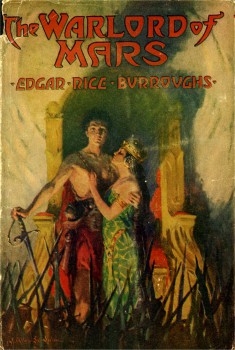 Although there are still eight more books to go in the Mars series, with The Warlord of Mars I can bring to a conclusion Phase #1 of the saga: this completes the “John Carter Trilogy,” and the books that follow it take different paths with new heroes. John Carter will not return to the protagonist role until the eighth book,
Although there are still eight more books to go in the Mars series, with The Warlord of Mars I can bring to a conclusion Phase #1 of the saga: this completes the “John Carter Trilogy,” and the books that follow it take different paths with new heroes. John Carter will not return to the protagonist role until the eighth book, 
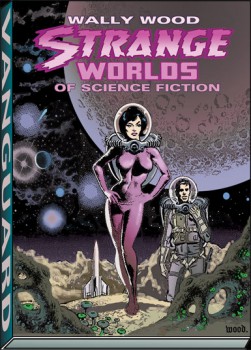
 Keeper of Dreams
Keeper of Dreams 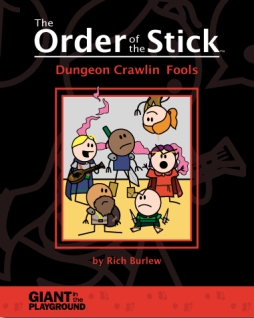 Dying is easy, the old saw has it, but comedy … that’s hard. Only — what happens if we’re talking about a world in which miracles happen to order, and people come back to life whenever a priest wants? Dying suddenly isn’t quite so easy. But comedy, real comedy … that’s still pretty hard.
Dying is easy, the old saw has it, but comedy … that’s hard. Only — what happens if we’re talking about a world in which miracles happen to order, and people come back to life whenever a priest wants? Dying suddenly isn’t quite so easy. But comedy, real comedy … that’s still pretty hard.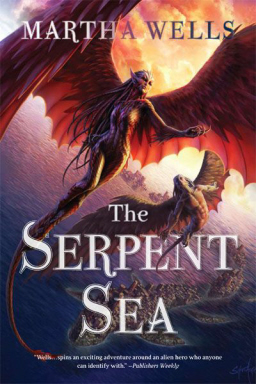
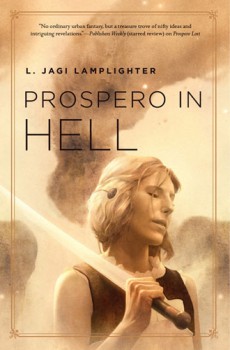 Prospero in Hell
Prospero in Hell Of potential interest to readers of this space is my
Of potential interest to readers of this space is my 